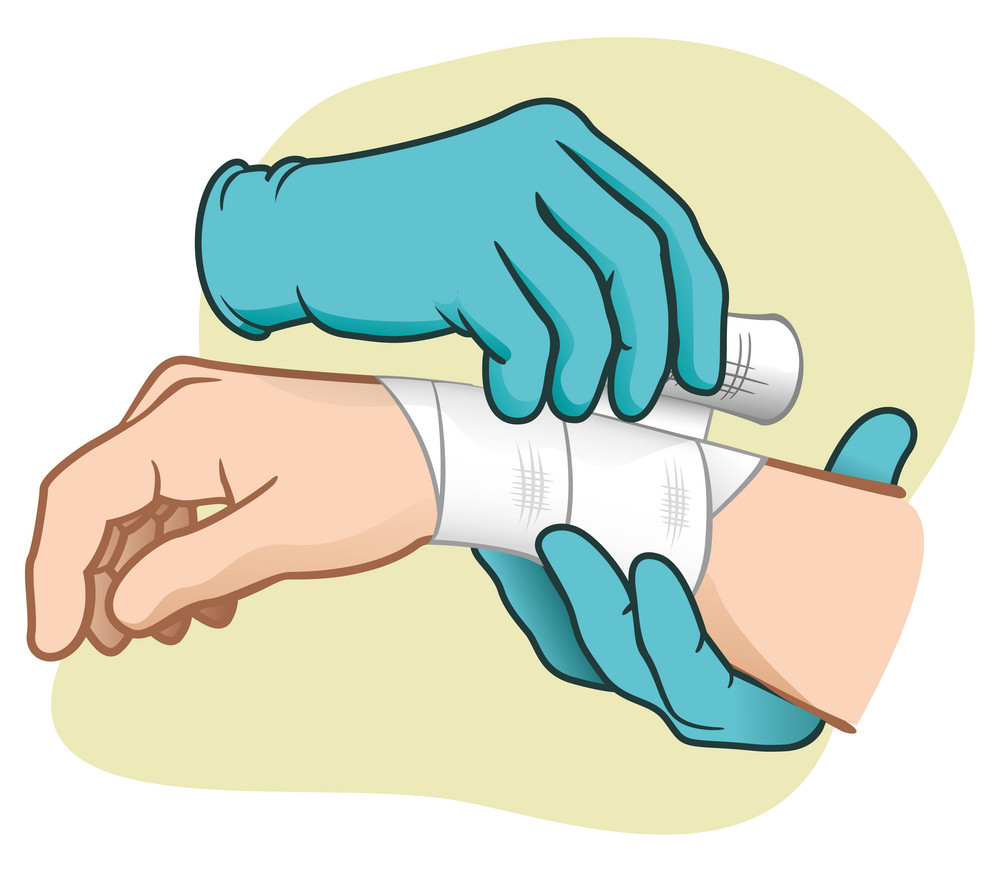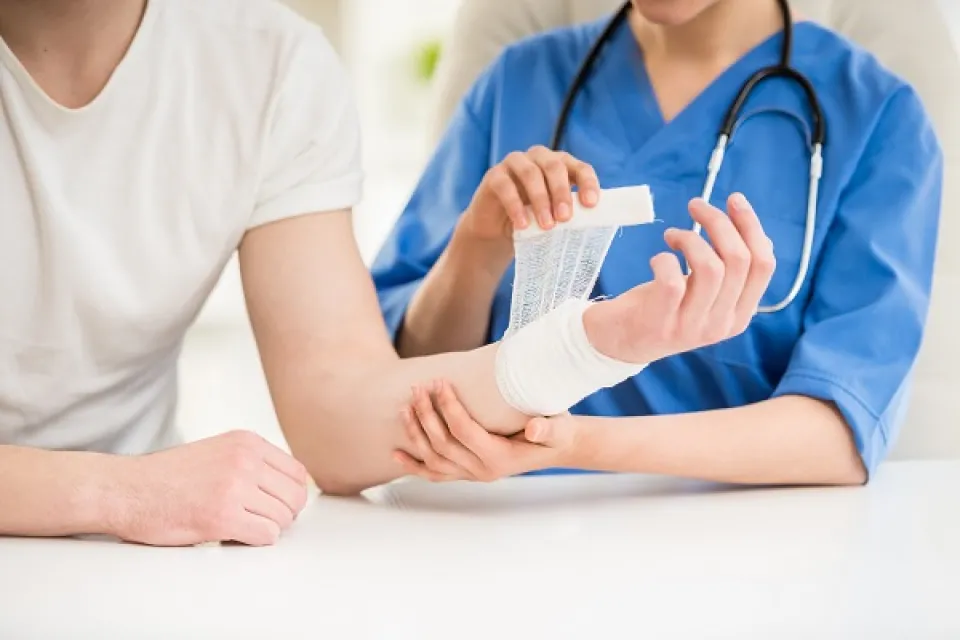Caring for Wounds at Home: Essential Tips for Patients and Caregivers
Caring for a wound at home can be a daunting task, whether you are a patient or a caregiver. However, with the right knowledge and tools, you can ensure that the wound heals properly and minimize the risk of infection. In this blog post, we will discuss some essential tips for patients and caregivers to effectively care for wounds at home.

1. Keep the wound clean:
One of the most important aspects of wound care is keeping the wound clean to prevent infection. Wash your hands thoroughly before touching the injury and use mild soap and water to gently clean around the wound. Avoid using harsh chemicals or alcohol-based products as they can irritate the skin.
2. Change Wound Dressings Regularly:
It is crucial to change dressings regularly to keep the wound clean and dry. Follow your healthcare provider’s instructions on how often to change dressings and make sure to use sterile gauze or bandages. If you notice any signs of infection such as redness, swelling, or pus, contact your healthcare provider immediately.
3. Monitor for Signs of Infection:
It is essential to monitor the wound for any signs of infection such as increased pain, redness, swelling, warmth, or drainage. If you notice any of these symptoms, seek medical attention promptly. In some cases, antibiotics may be necessary to treat an infected injury.
4. Keep the Wound Moist:
Keeping the wound moist can promote faster healing and reduce scarring. Use a recommended topical ointment or gel as advised by your healthcare provider to keep the injury moist without causing irritation. Avoid using petroleum jelly or hydrogen peroxide as they can slow down the healing process.
5. Follow up with your Healthcare Provider:
It is important to follow up with your healthcare provider regularly to ensure that the wound is healing properly. Your healthcare provider may need to remove stitches or staples, adjust treatment plans, or provide additional care instructions based on how well the injury is healing.
Conclusion:
Caring for wounds at home requires patience, diligence, and attention to detail. By following these essential tips for patients and caregivers, you can help ensure that wounds heal properly and minimize the risk of complications such as infections or scarring. Remember to always consult with your healthcare provider if you have any concerns about caring for a injury at home. With proper care and monitoring, most wounds will heal successfully over time.



